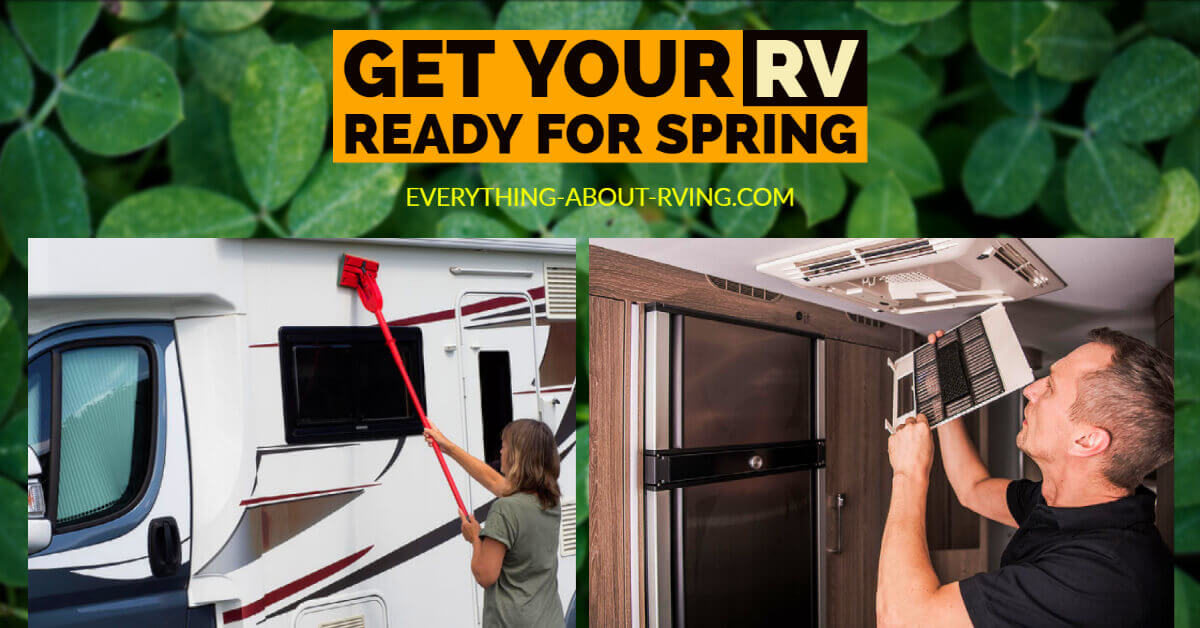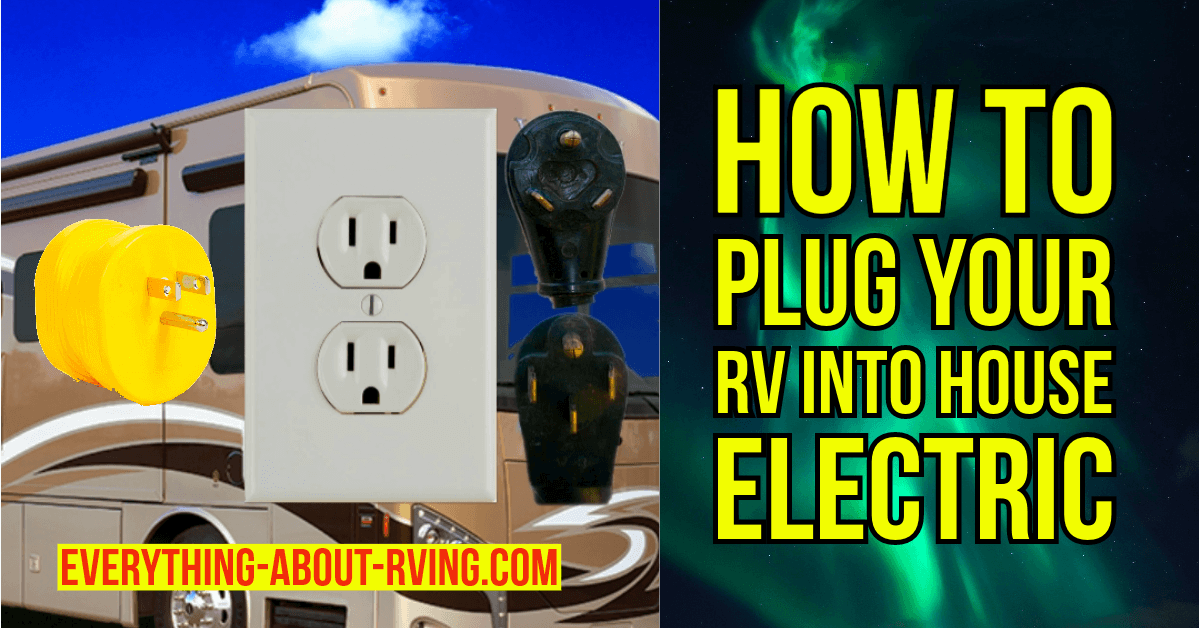- Home Page
- RVing Tips & Tricks
- Get Your RV Ready for Spring
Get Your RV Ready for Spring
By: Ken Freund
Now is the right time to get your RV ready for spring
Get Your RV Ready for Spring
Coming out of Hibernation
Winter elements can take a toll on stored RVs. If your coach has been in storage, now is the time to start preparing for those spring getaways. Taking a little time now will help ensure enjoyment all through the year.
Before hitting the road complete this RV spring-prep checklist: Begin with a thorough exterior inspection. Examine the outside, including the body and roof, for any cracks or separation and look inside for stains on the ceiling, sure signs of roof leaks. Look beneath the coach and/or or tow vehicle for signs of fuel or other fluid leaks.
Once you've determined there are no exterior leaks, wash the RV with a specially formulated soap designed for the exterior. Work in the shade, since washing a hot surface can result in hard-to-remove spots and streaks. Use specialized wheel cleaners to make tires and trim look new.
An RV that's been stored all winter needs to be aired out. Vacuum the carpet and clean the floors and other surfaces as needed.
Spring prep should include a fluid and connections check. Look for insect and rodent nests and chewed wires and hoses. Check the amount of LP gas and test appliances for proper functioning.
Good Sam members enjoy instant discounts on fuel. Join Today!
Drain and flush the freshwater tank. Add 1/4 cup of household bleach for each 15 gallons of capacity. Then fill the tank almost to capacity, leaving room for sloshing. Drive or tow the coach to mix the bleach. Run the hot water to get the bleach through the water heater. Then drain the freshwater tank. Refill, along with 1/4 of baking soda per 15 gallons. Drive or tow to mix the water, run the hot water, then drain and refill with fresh water. Test the water pump and water system, including the water heater.
On motor homes, generators, and tow vehicles, change the oil and filter and perform all recommended services according to the owner's and maintenance manuals.
Batteries should be checked for electrolyte level and connections should be removed, cleaned and after re-assembly, treated with an anti-corrosive product.
Make sure all the lug nuts are secure, check tires for cracks and other damage and set inflation pressures. Trailers should have the wheel bearings repacked.
Replace batteries and test smoke alarms and carbon monoxide detectors. Check the gauges on fire extinguishers. Check and refill your first aid and emergency kits. An emergency kit should include: flares, a gas can, reflective triangles, duct tape, jumper cables, wheel chocks, flashlight and basic hand tools.
Stock up with necessities for cooking, cleaning and entertaining. Review kitchen equipment and the inventory of favorite games, books, cards, puzzles, CDs, DVDs or videos.
To have peace of mind when you hit the road, get RV Emergency Road Service from the Good Sam Club.
Return to the RV Lifestyle Articles page from the Get Your RV Ready for Spring page



